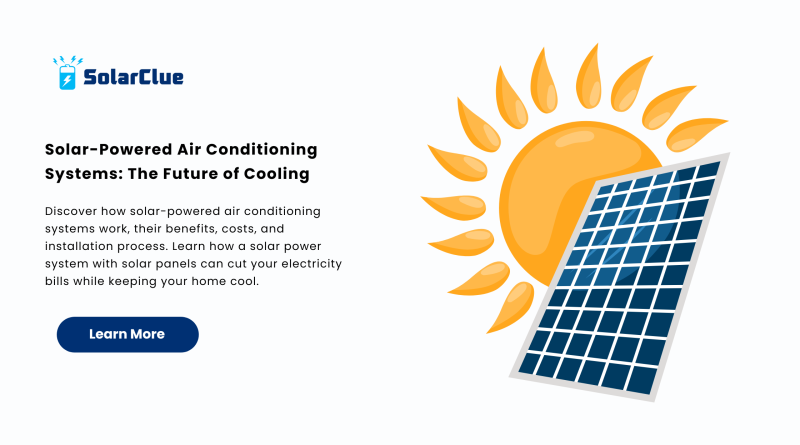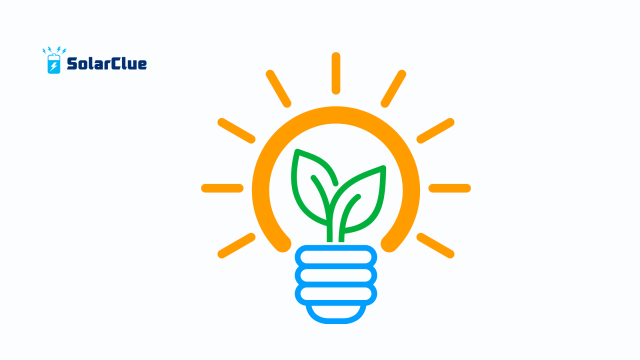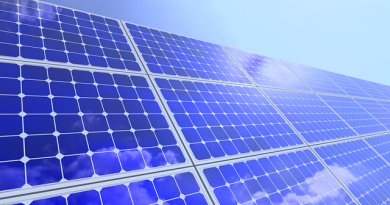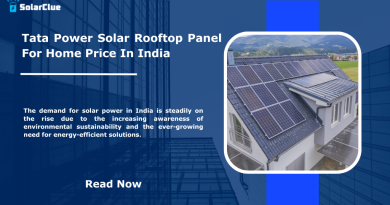Solar-Powered Air Conditioning Systems: The Future of Cooling
Summers are getting hotter every year, and the demand for air conditioners is rising at an all-time high. However, traditional air conditioning consumes a large amount of electricity, leading to high bills and increased carbon emissions. This is where solar-powered air conditioning systems come into play. By integrating a solar power system with your air conditioner, you can enjoy cool air without worrying about skyrocketing electricity bills. It is not only cost-effective but also eco-friendly, making it the perfect solution for modern homes.
Table of Contents
- 1 What is a Solar-Powered Air Conditioning System?
- 2 How Does a Solar Air Conditioner Work?
- 3 Types of Solar Air Conditioning Systems
- 4 Benefits of Solar-Powered Air Conditioning
- 5
- 6 Cost of Solar Air Conditioning in India
- 7 Factors to Consider Before Installing Solar-Powered AC
- 8 Challenges of Solar Air Conditioning
- 9 Future of Solar-Powered Air Conditioning
- 10 FAQs on Solar-Powered Air Conditioning
- 11 Conclusion
What is a Solar-Powered Air Conditioning System?
A solar-powered air conditioning system uses solar panels to generate electricity from sunlight, which then powers your air conditioner. Instead of relying solely on the grid, the AC runs on clean and renewable solar power. Depending on the design, these systems can be fully solar (off-grid) or hybrid, where the AC draws energy from both solar panels and the utility grid when needed.
How Does a Solar Air Conditioner Work?
-
Solar Panels Capture Energy – Photovoltaic (PV) solar panels absorb sunlight and convert it into direct current (DC) electricity.
-
Inverter Conversion – The DC electricity is converted into alternating current (AC) power through a solar inverter.
-
Powering the AC Unit – The converted energy is used to power your air conditioner, reducing dependency on grid electricity.
-
Excess Power Management – If your solar power system generates more energy than needed, it can be stored in batteries or exported back to the grid through net metering.
Types of Solar Air Conditioning Systems
1. Off-Grid Solar Air Conditioning
These systems run entirely on solar power, supported by battery storage. Perfect for remote areas with unreliable grid supply, they ensure uninterrupted cooling.
2. Hybrid Solar Air Conditioning
Hybrid systems use a combination of solar power and grid electricity. During the day, the AC uses energy from solar panels, and at night, it automatically switches to grid supply. This is one of the most popular options for residential users.
3. Thermal Solar Air Conditioning
Instead of electricity, these systems use solar thermal collectors to heat water, which drives an absorption cooling cycle. While less common, they are highly efficient in sunny regions.
Benefits of Solar-Powered Air Conditioning
1. Reduced Electricity Bills
Running ACs for long hours in summer can be expensive. By switching to a solar power system, you significantly cut down your electricity costs.
2. Eco-Friendly Cooling
Traditional electricity production relies heavily on fossil fuels. A solar panel-driven system reduces your carbon footprint and contributes to a sustainable future.
3. Energy Independence
By using solar power, you rely less on the grid and protect yourself from fluctuating electricity prices.
4. Long-Term Investment
Though the initial cost is higher, the savings on electricity bills and government subsidies make solar-powered air conditioning systems a smart financial choice.
5. Increased Property Value
Homes equipped with solar power systems often have higher resale value, as buyers are drawn to energy-efficient solutions.
Cost of Solar Air Conditioning in India
The cost of installing a solar-powered air conditioning system depends on several factors:
-
AC Capacity – A 1.5-ton AC requires around 2–3 kW of solar panels.
-
Solar Panel Quality – High-efficiency monocrystalline panels cost more than polycrystalline panels but deliver better performance.
-
Battery Storage – Adding batteries increases upfront cost but provides uninterrupted cooling.
-
Installation & Inverter Costs – A reliable inverter and professional installation are crucial for efficiency.
On average, installing a solar power system for air conditioning in India can cost between ₹1.5 lakh to ₹4 lakh, depending on size and configuration. However, with subsidies and net metering benefits, the payback period usually ranges between 3 to 5 years.
Factors to Consider Before Installing Solar-Powered AC
-
Roof Space – Ensure sufficient area for installing solar panels.
-
Sunlight Availability – Areas with consistent sunlight generate higher solar yield.
-
AC Usage Pattern – If you use AC mostly during the day, solar panels provide maximum savings.
-
Government Incentives – Subsidies under MNRE schemes can significantly reduce upfront costs.
-
Professional Installation – A trusted installer ensures proper system sizing, efficiency, and safety.
Challenges of Solar Air Conditioning
While the advantages are clear, it’s important to acknowledge a few challenges:
-
High Initial Cost – Upfront investment is still higher than conventional ACs.
-
Weather Dependency – Efficiency may drop during cloudy days or monsoon.
-
Battery Cost – Off-grid systems require batteries, which add to cost and maintenance.
However, with falling solar panel prices and better financing options, these challenges are being rapidly addressed.
Future of Solar-Powered Air Conditioning
The global push towards renewable energy is accelerating the adoption of solar-powered air conditioning systems. With advancements in solar panel technology and inverter efficiency, these systems will become more affordable and mainstream. Many new air conditioners are already designed to work directly with solar power systems, ensuring higher performance and lower dependency on grid electricity.
In India, where sunlight is abundant throughout the year, the future of cooling will undoubtedly be powered by the sun.
FAQs on Solar-Powered Air Conditioning
Q1. Can a solar panel run an air conditioner directly?
Yes, but it requires a proper solar power system including an inverter to convert DC into AC electricity suitable for your air conditioner.
Q2. How many solar panels are required for a 1.5-ton AC?
A 1.5-ton AC typically needs 6–8 high-efficiency solar panels (around 2–3 kW system), depending on usage and sunlight availability.
Q3. Is solar-powered air conditioning expensive?
The initial cost is higher, but with subsidies and electricity bill savings, it becomes economical in the long run.
Q4. Can I run an AC on solar power at night?
Yes, but you need battery storage or a hybrid system that switches to grid power during the night.
Q5. Are solar ACs reliable during monsoon?
Yes, though efficiency reduces on cloudy days. Hybrid systems ensure uninterrupted cooling even in low sunlight.
Conclusion
A solar-powered air conditioning system is one of the smartest investments you can make for your home today. It not only keeps you cool in the scorching summer heat but also reduces electricity bills, protects the environment, and adds long-term value to your property. With abundant sunlight in India, it’s time to embrace solar power for a sustainable and comfortable lifestyle.
If you’re considering making the switch, explore detailed insights and the best solutions on solarclue.com and blog.solarclue.com. Let your home be powered by the sun in the most efficient way possible.




